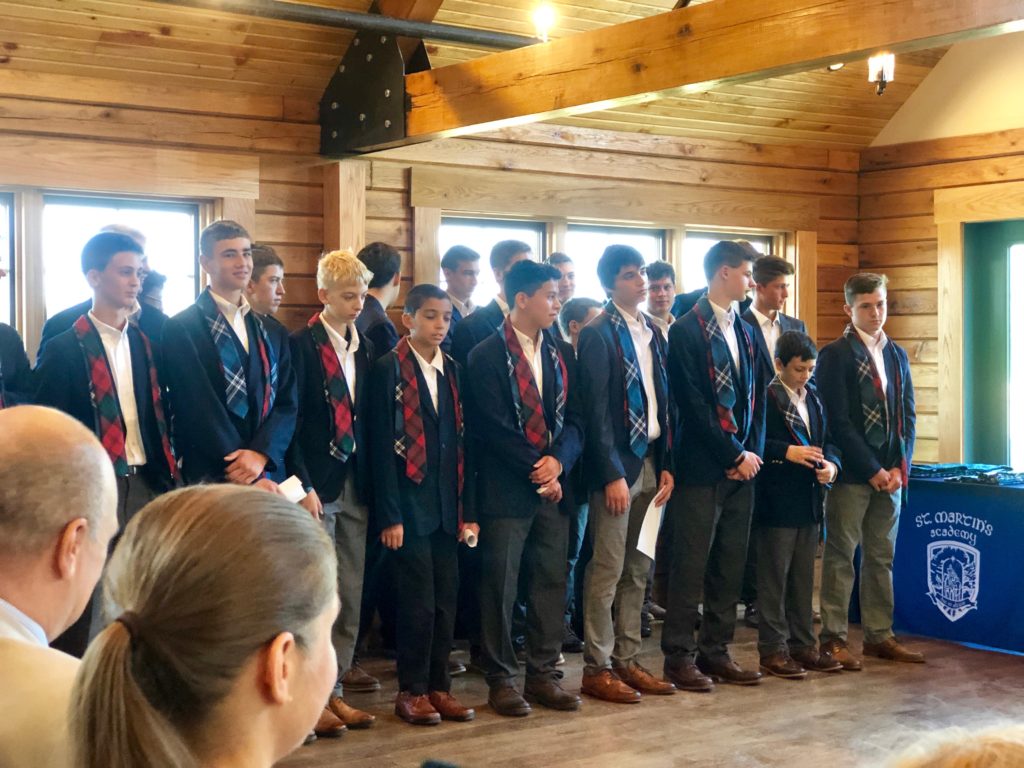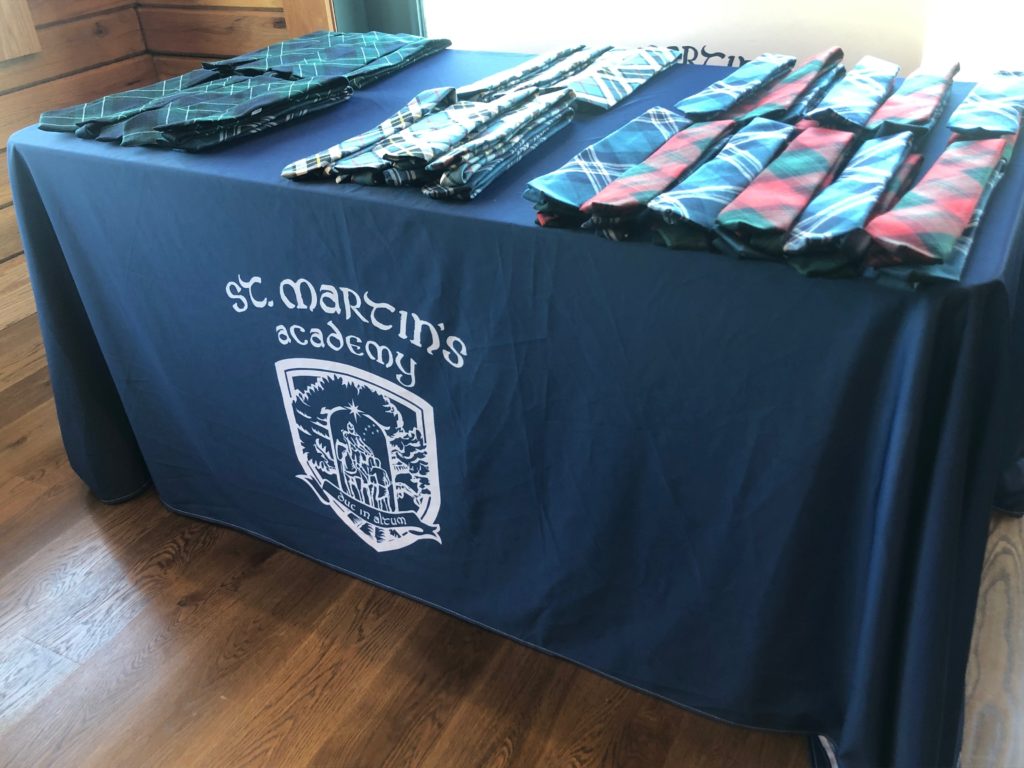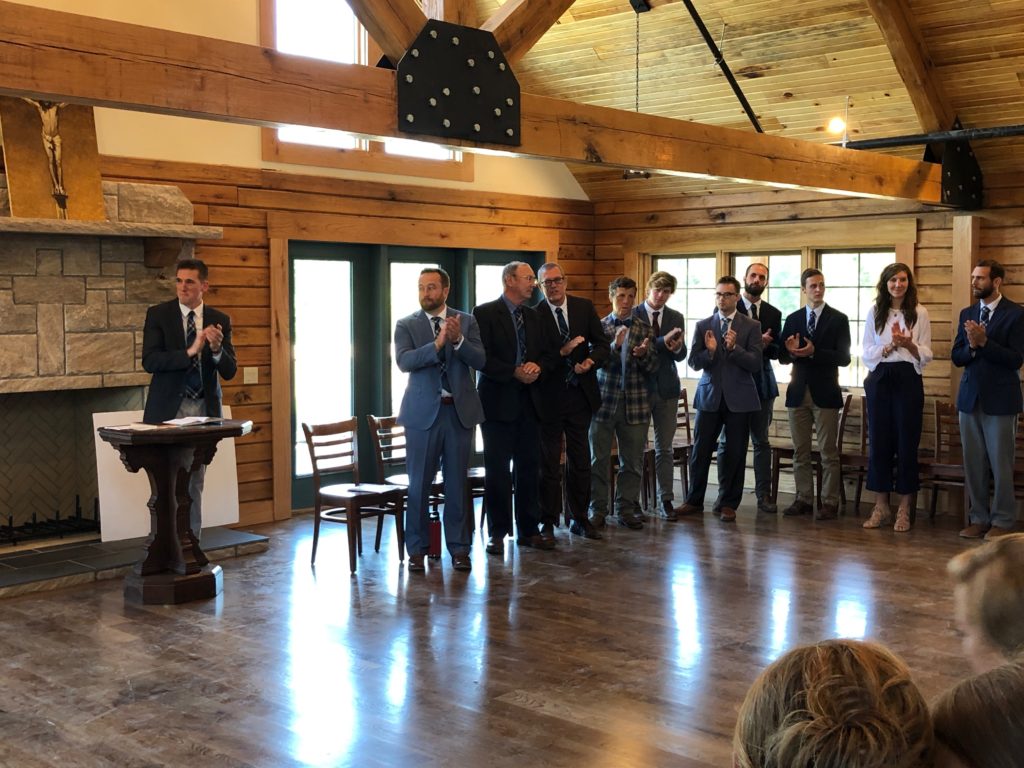At the beginning of each year at Saint Martin’s Academy we welcome our new students and promote each rising student with his new class tie. Throughout the school year students may wear the all school tie, their class tie, or any of their class ties from previous years. A brief history of the tie sheds light on its significance to us at the Academy and why it is a fitting element of the uniform at a boarding school. In fact, the necktie originated as a sign of familial fidelity deep in the past of my grandmother’s country, Croatia.

The modern tie we know today developed from the “cravat”, the original version of the tie. The French word cravat derives from the Croatian word “hrvat”, meaning Croatian man.
The cravat developed from old tradition of the Croatian family in which a wife would make and tie a small scarf around her husband’s neck as he left for war during Croatia’s long conflict with the Ottoman Empire. Later in history the tie reappeared in a similar manner as mother’s tied these scarves around the necks of their sons whom were taken by the Austrian Empire to serve in the military. Often sold as mercenaries, the young men of Croatia were an inexhaustible source of soldiers for European countries. During the 17th century, these young croats served the French in a special regiment called “Royal Cravate”. By this time the scarves had become a part of the Croatian battledress as an identification of rank.

More practical than the starched lace collars worn by the French, King Louis XIV began to wear these scarves himself. When this happened the cravat became a popular fashion. The French court even appointed a cravatier whom would make the king new cravats daily.
Conquering every continent, the cravat spread throughout the world as a sign of gentlemanly fashion. But its roots still lay in the fidelity between husband and wife, and mother and son. We encourage our young men to wear the tie with devotion and love of family.
To the new students of St. Martin’s: Welcome! Wear those ties proudly!


